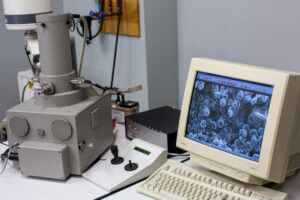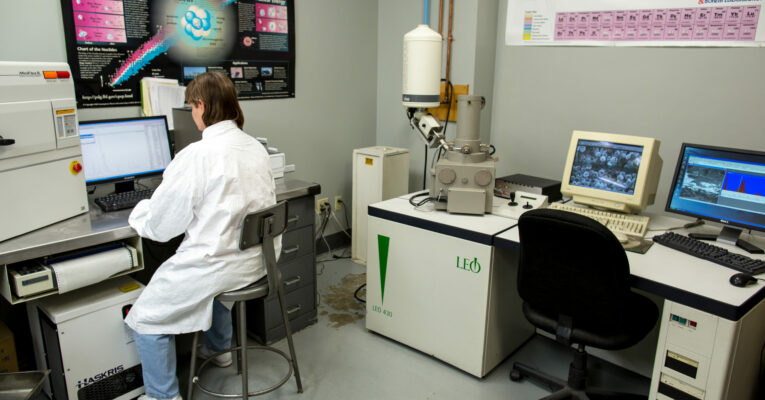Vacuum Coatings – which lives under the umbrella under vacuum technology – represents an impressive share among the various applications of vacuum technology. According to the Society of Vacuum Coaters, “Vacuum coating processes use vacuum technology to create a sub-atmospheric pressure environment and an atomic or molecular condensable vapor source to deposit thin films and coatings. The vapor source may be from a solid or liquid surface (physical vapor deposition – PVD), or from a chemical vapor precursor (chemical vapor deposition – CVD).”
Let’s look at an overview of the development timeline, the basic principles behind the generation of thin films, and the introduction of thermal spray coatings.
A Brief History of Coating Technology
Coating technology has its influence in manufacturing worldwide and has existed since 1852. W.R. Groce observed the first instance of vacuum coating, and in 1857, Michael Faraday investigated the arc evaporation forming films.
In the early 20th century, the fundamentals of different coating techniques were investigated and the first commercially coated products, like aluminized reflectors or thin-film resistors, were introduced to the market in the 1930s. After the industrial push of World War II, technology boomed. To find the complete history, visit the History and Evolution of Thermal Spray Coatings.
What are Thin Films?
A thin film is a layer of surface material with a thickness far below a nanometer and at most a micrometer. Thin films are utilized for a variety of reasons across numerous industries. A shortlist of examples include:
- Biomedical instruments and implants
- Protection for jet engine components
- Tooling protection
- Semiconductor or solar cell production
- Protective films to prevent corrosion
- High-impact automotive parts
- Mirrors of reflector lamps
- Thermal insulation for glass
Different Techniques of Vacuum Coatings
We now differentiate the various thin film deposition techniques into two categories: Physical Vapour Deposition (PVD) or Chemical Layer Deposition (CVD).
Thermal evaporation is the most mature technique and is initiated when a material is melted and evaporated at a high temperature. The vapor is then deposited on the targeted surface.
These technologies require a high vacuum of 10-07 to 10-05 millibars during the coating process. This is dependent on the size of the vacuum chamber and the desired quality of the layer. The first reason is to ensure a mean free path of evaporated atoms that’s much longer than the distance from the source to the target. The second reason is to provide a smooth, clean surface for the atoms to create a stable layer.
Thermal Spray Coatings
Today, thermal spray coatings are utilized in a number of different industries. These coatings consist of wire and molten powder which are exposed to plasma or oxy-fuel combustion. The fire from the spray device will power the mixture that has been heated, and once it has been sprayed onto metal, the mixture will retain a firm coating.
Learn more about thermal spray coatings in the APS Whitepaper: “History and Evolution of Thermal Spray Coatings.”






